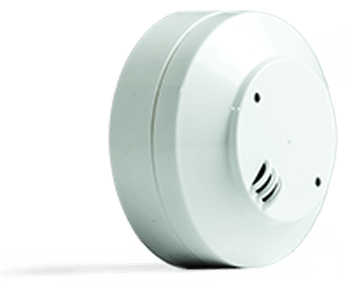
AC103DSD
Conventional Optical Duct Smoke Detector
This Conventional Duct Smoke Detector houses smoke sensor for monitoring the level of smoke in its surveillance. It switches to alarm state, when the level of smoke in the airstream of duct work sections of the HVAC air handling system.
conventional products
- Corrosion protection
- Real time smoke info
- Contamination alarm
- Insect-resistant screening
- Easy to maintain/service
- Electrical supervision
- Transient voltage protection upto 2.4KV
- Dual bicolour LED indication for 360° viewing angle
Electrical Specifications
Operating voltage: Nominal 12/24V DC
Minimum 9V DC
Maximum 26V DC
Quiescent current: 50µA
Alarm current: 25 mA at 24V
12 mA at 12V
What is a smoke detector and how does it work?
Smoke detector is a measuring instrument that measures the level of smoke in its surveillance. It will raise an alarm only when the level of smoke exceeds its pre-set upper limit/threshold values.
Photoelectric/Optical Smoke detector work on a common light scattering principle. Smoke detector contains a chamber that consists of a light emitter usually a LED and a light a sensitive device like a photodiode that receives all the light directly emitted by the LED.
When the smoke enters the chamber, the intensity of light received by the photodiode reduces due to density of smoke. If the intensity of received light drops below a pre-set threshold level, fire alarm is triggered confirming fire.
Unit of measure for level of smoke is Obscuration/foot (Obs/ft).
Photoelectric smoke detectors are highly sensitive to visual particles of smoke and also respond quickly to smouldering fires.
Addressable smoke detectors are wired using 2*1.5 sqmm copper cables from control panel.


